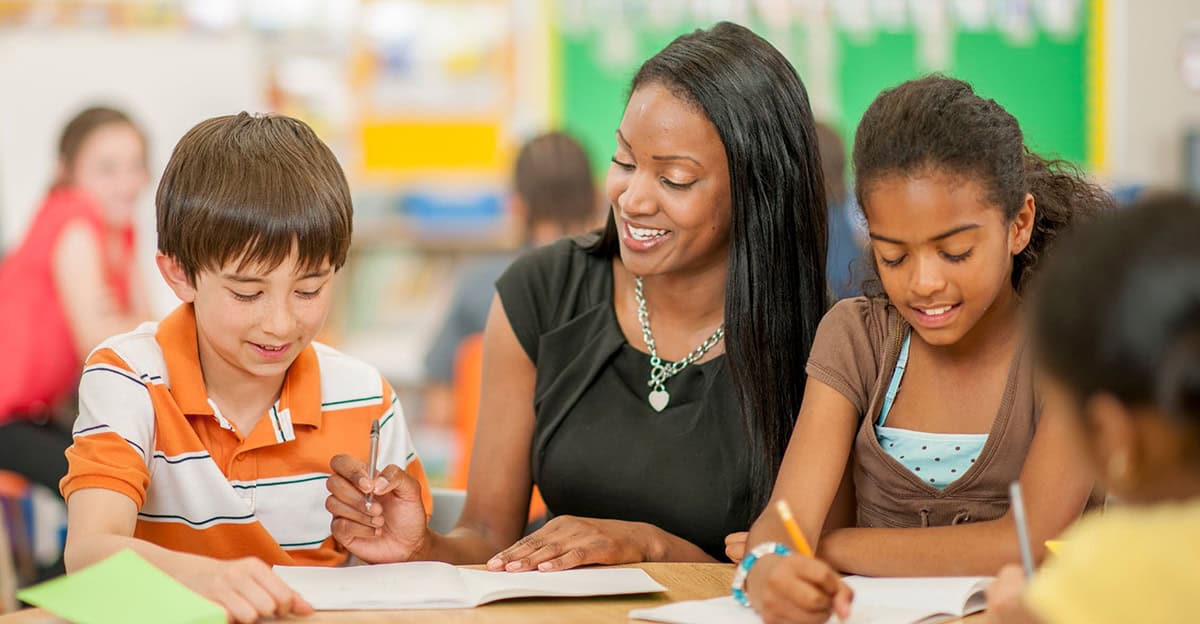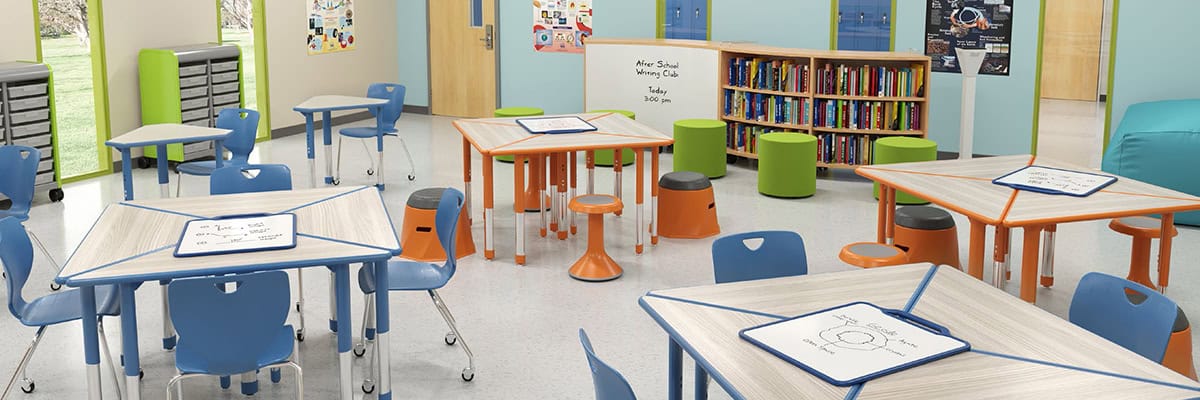
When we hear the term “educational readiness,” we typically think about whether students are ready to learn.
In other words, do young children have the foundational skills to start school, learn with their peers, and thrive academically, socially, and emotionally? Are older students ready to advance to the next grade level and take on more challenging work?
However, educational readiness also applies to schools and educators. Educators can do many things to position themselves and their students for success.
When both students and educators have the tools and knowledge they need to flourish, students are more likely to learn and excel. Here are five things teachers and school leaders can do to ensure educational readiness for the new school year.
Establish Goals
Going into a new school year, it’s important to understand your goals and how to achieve them. This advice applies to entire districts as well as individual schools, teachers, classes, and students.
What are you hoping to accomplish in the new year? What district, school, and classroom priorities are you looking to emphasize? These can include academic, social-emotional, and behavioral goals.
Use data to understand the strengths, weaknesses, and areas of need within the district as a whole, as well as each school, classroom, and student. Once you’ve identified specific needs, skills, and competencies to work on, you can establish attainable goals to address these needs—and create a plan for doing so.
Get to Know Students and Their Families
The better you know your students, the more effectively you can tailor instruction to meet their learning needs. This process should begin even before school starts.
Look at standardized test results, screenings, and other data sources to understand the students who will be in your care this year. Prior to the start of school, hold open houses and “meet your teacher” events to get to know students and their families.
Of course, this process should continue throughout the school year. Watch and listen to students, especially during the first few weeks of school. Send surveys home to parents. Ask students what they enjoy doing outside of school and use this information to make connections and build relationships. Use formal and informal assessment and observation tools to learn about students’ strengths and areas of need.
“Just conversing and interacting with students, you find out a lot about their abilities,” says Jennifer Fernandez, an early childhood education expert for School Specialty who spent over 20 years as a classroom teacher. She says that using fun and easy math and literacy games and activities “allows children to show you what they know and can do in an authentic, low-stress situation that is much less intimidating and often more informative than formal assessments.”

Support Students’ Learning Outside of School
Students learn more effectively and can achieve more when they have opportunities to practice or extend their skills at home.
Teachers can help this process along by giving families specific ideas for how they can extend their children’s learning at home, such as weaving core math and literacy concepts into everyday routines. Schools should also make instructional resources, such as take-home packs, activity sets, and other materials, available to families to support their children’s education.
School leaders should also remember that not all families have the same access to resources such as basic school supplies. Ordering preassembled school supply kits containing pencils, pens, crayons, and other essential supplies for students in need, like these solutions from Kits for Kidz, ensures equitable access to basic materials at school.
Assess Building and Classroom Needs and Order Supplies
Having the right tools and supplies within classrooms and other learning spaces makes teaching and learning much more manageable. However, educators and instructional leaders should thoughtfully choose equipment and materials to maximize learning. Choose items designed to support the specific learning goals you have in mind.
“We see a lot of people who just buy things to check a box,” says Nicole Hill, a former K-5 teacher and administrator who now serves as a math and literacy specialist for School Specialty.
Think about not only what instructional supplies you’ll need for the new school year, such as pencil sharpeners and dry erase markers, but also what furniture you might need to design engaging and effective environments that support rich, high-quality learning experiences. Consider elements such as seating, storage, and learning environment decor—as well as special environments such as makerspaces, STEAM labs, and sensory rooms.
Social and emotional learning is also a critical aspect of students’ education. Consider what classroom resources might help your students develop important SEL skills, such as self-regulation, like this Calm Down Kit from Carson Dellosa.
Take Advantage of the Extra Time Before School Starts to Learn and Grow
Although educators need to use the summer months to relax and recharge, “the flip side is that this is also a great time to read, research, learn, and grow professionally,” Fernandez says, “because once school starts, educators don’t have a lot of time for these activities.”
How School Specialty Can Help
School Specialty® offers many resources to help teachers and administrators enhance their professional knowledge. The “Ideas and Resources” tab of the School Specialty website provides links to webinars, podcasts, professional development materials, featured blog posts from the Schoolyard, and other resources covering a broad spectrum of educational topics, including learning space design, social and emotional learning, supporting students with special needs, best practices in early childhood education, and more.
With more than six decades of experience providing tools, resources, and strategies that promote successful education both in school and at home, School Specialty is also a one-stop destination for ordering a wide range of educational supplies and equipment. We offer everything schools need for the new school year so educators and administrators can focus on preparing for a new group of students. To learn more about how School Specialty can support educational readiness, please contact your School Specialty representative.





